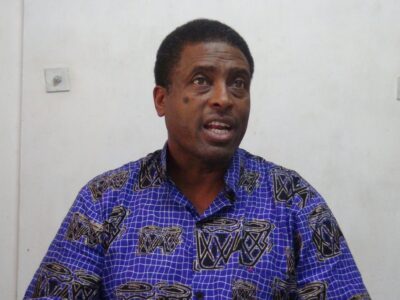The African Development Bank (AfDB) has proposed a new currency system, similar to a “gold standard,” backed by critical minerals such as cobalt, copper, lithium, manganese, and rare earth elements—key resources for the global energy transition and electric vehicles.
The proposed financing mechanism is designed to leverage Africa’s vast critical mineral reserves while addressing the continent’s volatile currency markets.
According to the AfDB New report on Mechanism for Mitigating Currency Risk to Support Africa’s Energy Transition, the new “non-circulating” currency, called the African Units of Account (AUA), would be backed by critical mineral reserves.
Under the plan, participating countries would pool a pre-agreed amount of their proven reserves, allowing local currencies to be converted at an agreed rate.
“The idea borrows from the Gold Standard that anchored global currency stability,” the AfDB said in a new report, without giving a timeline for introducing the currency.
“It further builds on the CFA-Euro peg in Francophone countries, which is backed by a pledge of external reserves,” the AfDB added, arguing that a basket of critical commodities would hold its value “better than any African currency.”
According to the report, successful deployment would reduce the cost of capital for clean energy projects, encourage cross-border financial cooperation and integration, and strengthen Africa’s bargaining position in global resource markets.
These outcomes, the report stresses, would help to significantly narrow the continent’s $400 billion annual funding gap, support the attainment of sustainable development goals, and ensure long-term energy security and economic prosperity.
Under the plan, revenues from electricity sales in local currencies would be paid to a designated settlement agent.
This agent would then sell an equivalent amount of minerals to generate dollars, ensuring the repayment of loans for energy development projects.
“Despite holding about 30 percent of the world’s critical mineral reserves, the 54-nation region only attracts three percent of global energy investments annually, with just two percent, or $40 billion, directed toward green investments last year,” the AfDB report states.
To reduce carbon emissions and boost electricity production, Africa must double its clean energy investments to an average of $200 billion annually, the report emphasizes.
WARNING! All rights reserved. This material, and other digital content on this website, may not be reproduced, published, broadcast, rewritten or redistributed in whole or in part without prior express permission from ZAMBIA MONITOR.












Comments